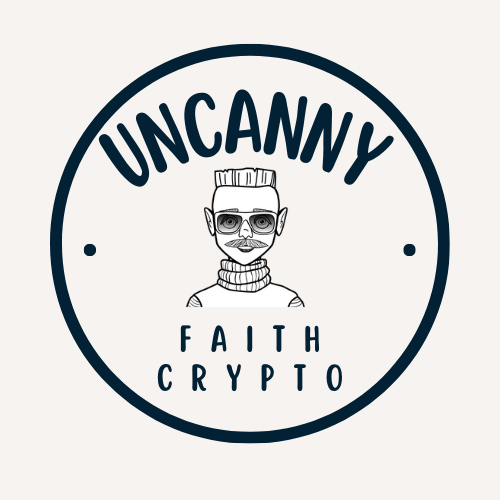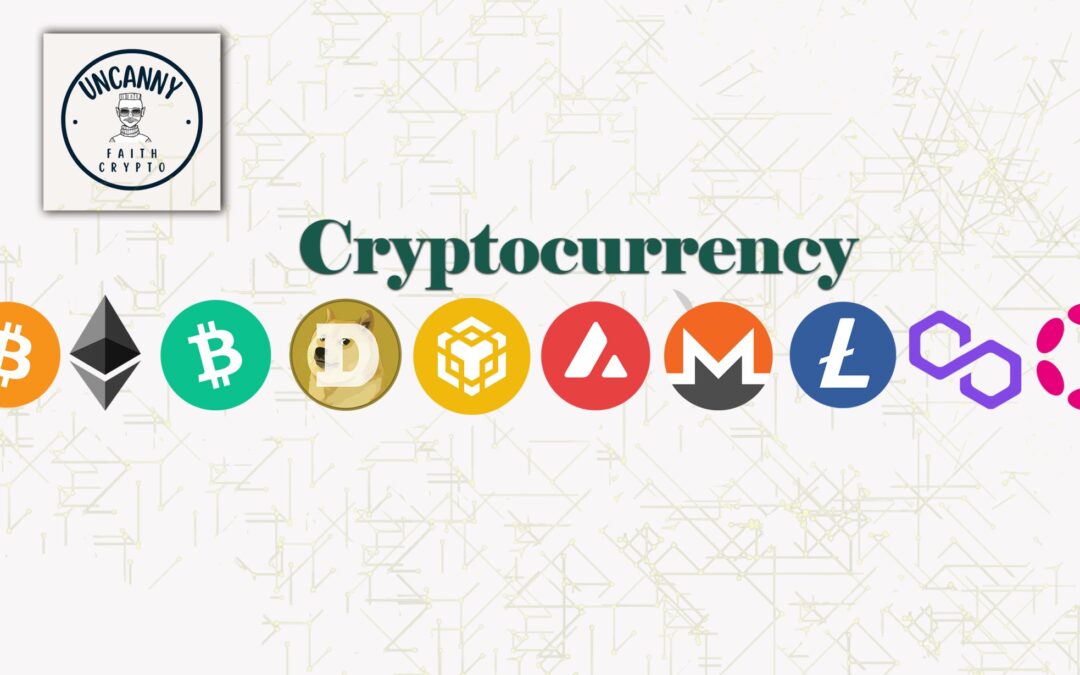The world of blockchain and cryptocurrency is evolving faster than anyone could have predicted, and at the heart of this evolution lies the quest for scalability. As Ethereum continues to struggle with high gas fees and network congestion, Layer-2 scaling solutions like Arbitrum have risen to prominence. But what does the future hold for this revolutionary protocol? By 2025, Arbitrum could play a pivotal role in shaping the blockchain scalability landscape. In this article, we’ll dive into the key trends, predictions, and developments likely to define Arbitrum and Layer-2 scaling in 2025.
Whether you’re an enthusiast, developer, or investor, stick around to gain insights into the future of decentralised applications (dApps), Layer-2 adoption, and how Arbitrum is set to transform Ethereum scaling.
What is Arbitrum, and Why Is It Important?
Before we dive into what the future holds for Arbitrum, let’s establish what it is and why it’s become such a big deal in the crypto space. At its core, Arbitrum is a Layer-2 scaling solution for Ethereum that leverages Optimistic Rollups to process transactions off-chain while maintaining the security of the Ethereum blockchain.
The Challenges Arbitrum Solves
Ethereum has faced persistent challenges since its inception: high gas fees, slow transaction times, and limited scalability. As blockchain technology tries to cater to real-world applications, these limitations hinder mass adoption. Arbitrum solves these problems by enabling faster and cheaper transactions, making it critical for developers and users alike. Here’s why it matters:
- Lower Gas Costs: By processing transactions off-chain, Arbitrum significantly reduces the cost of using Ethereum-based dApps.
- Scalability: Higher transaction throughput allows Ethereum to support more traffic.
- Security: Arbitrum inherits Ethereum’s robust security guarantees.
Quick Stats on Arbitrum’s Success (as of 2023-2024)
- Over 60% of Ethereum’s Layer-2 market share.
- Locking over $5 billion in Total Value Locked (TVL) from DeFi projects.
- Hundreds of dApps and major integrations (including Uniswap and Aave).
Arbitrum’s Key Trends in 2025
As we look to 2025, Arbitrum will likely push the boundaries of blockchain scaling. Here’s a look at the top trends and predictions shaping its future.
1. Mainstream Adoption of Layer-2 Solutions
By 2025, it’s expected that the adoption of Layer-2 solutions like Arbitrum will reach unprecedented levels. This will be propelled by several factors:
- Rising Gas Fees on Ethereum Layer-1: Despite Ethereum’s transition to Proof-of-Stake via Ethereum 2.0, scalability remains limited on Layer-1.
- Institutional Interest: Financial institutions, gaming companies, and Web3 developers are increasingly favouring scalable solutions to build their products. By offering fast and cost-effective transactions, Arbitrum will likely become the go-to choice for these sectors.
We’re already seeing a shift towards Layer-2 in 2023-2024, but by 2025, this shift could become the norm rather than the exception. Companies will target Layer-2 directly for projects, bypassing Ethereum Layer-1 for most practical use cases.
2. Interoperability and Multi-Chain Collaboration
If there’s one thing we’ve learned from the blockchain space, it’s that no chain will rule them all. Instead, interoperability will facilitate a multi-chain future, and Arbitrum is positioning itself as an important part of that ecosystem.
By 2025:
- Expect bridges between Arbitrum and other Layer-1 networks, such as Solana, Avalanche, and Binance Smart Chain, to become faster and more secure.
- Protocols like LayerZero or Wormhole will enable seamless cross-chain transactions, further increasing Arbitrum’s utility in a complex, interconnected digital economy.
- DAO Collaborations: Inter-chain DAOs and DeFi projects will flock to Arbitrum due to its layer-2 efficiency.
For developers and businesses, this interoperability could mean building dApps on Arbitrum and easily leveraging the liquidity and functionality of other platforms—a true game-changer for blockchain usability.
3. Decentralised Finance (DeFi) Expansion
Arbitrum is already home to a thriving DeFi ecosystem, but by 2025, this sector is expected to explode as more projects build on Layer-2 networks. Key predictions include:
More Complex DeFi Protocols
With scalability no longer a bottleneck, DeFi on Arbitrum will introduce smarter, more sophisticated protocols. From multi-layer liquidity aggregation to decentralised derivatives trading, innovation is poised to flourish.
Lower Barriers to Entry
By reducing transaction costs, Arbitrum will lower the barriers of entry for DeFi participants. Micro-transactions and small-scale lending protocols will open up avenues for users in regions with stricter financial restrictions.
4. Improved User Experience (UX) and Wallet Integrations
2023 and 2024 already showed immense progress in wallet integrations and reducing blockchain complexity. But by 2025, expect users interacting with Arbitrum-based applications to forget they’re using blockchain altogether. Here’s what the future holds for UX:
- One-Click Solutions: Wallets and payment solutions will integrate more deeply with Arbitrum, making the onboarding process nearly seamless.
- Voice-Activated Commands: With advancements in AI and voice search adoption, expect future wallets to integrate voice commands for transactions, boosting accessibility.
- Cheaper Meta-Transactions: Users could perform blockchain interactions with minimal fees hidden under user-friendly interfaces.
5. Decentralisation and Governance Improvements
By 2025, the governance structure of Layer-2 solutions like Arbitrum will become even more decentralised. Arbitrum already uses a DAO (Decentralised Autonomous Organisation) for decision-making, but the future promises expanded participation models, including quadratic voting.
This will help balance power among network participants, creating a truly decentralised economy where users have more control over ecosystem-wide developments.
Predictions for Arbitrum in 2025: A Crystal Ball Glimpse into the Future
Let’s summarise the major predictions for Arbitrum’s role in blockchain by 2025:
- Adoption Beyond DeFi: Beyond finance, expect applications in supply chain management, digital identity verification, and gaming to favour Arbitrum over Ethereum Layer-1.
- Enhanced Privacy Features: As privacy concerns grow globally, Arbitrum may integrate or collaborate with privacy-focused solutions like zk-proofs.
- EIP Innovations: New Ethereum Improvement Proposals designed for Layer-2 protocols will directly boost Arbitrum’s speed and security.
- Corporate Collaborations: Mainstream companies (e.g., gaming studios, NFT platforms, or even central banks using CBDCs) could integrate Layer-2 scaling solutions.
Actionable Insights for Developers & Investors
For Developers:
- Start building on Arbitrum early to take advantage of its loyal user base and low entry costs.
- Leverage interoperability features to create multi-chain dApps.
For Investors:
- Keep an eye on projects migrating to or debuting on Arbitrum.
- Arbitrum’s ecosystem tokens could exceed their Layer-1 counterparts in value growth by 2025.
Frequently Asked Questions (FAQs)
1. What makes Arbitrum different from other Layer-2 solutions?
Arbitrum uses Optimistic Rollups for security and scalability, but it also stands out due to its developer-friendly tools and large ecosystem.
2. Is Arbitrum secure?
Yes, Arbitrum inherits Ethereum’s security while processing transactions off-chain. It offers a blend of scalability and safety.
3. How does Arbitrum lower transaction costs?
By processing transactions off-chain and batching them together before posting to Ethereum Layer-1, Arbitrum drastically reduces gas fees.
Final Thoughts: Is Arbitrum the Future of Layer-2 Scaling?
By 2025, Arbitrum’s innovation in Layer-2 scaling will not only transform Ethereum but also serve as a cornerstone of the blockchain industry as a whole. Through enhanced adoption, interoperability, and decentralisation, Arbitrum is not just a sidekick to Ethereum—it’s a protagonist in its own right.
Scalability may no longer be a limiting factor for blockchain technology, paving the way for mass adoption and new use cases we’ve yet to envision. From decentralized finance to gaming and beyond, Arbitrum looks to be at the forefront of this next digital revolution. Are you ready to be part of it?
Optimised for SEO: Key terms like "Arbitrum in 2025," "Layer-2 scaling predictions," and "Ethereum scaling solutions" have been organically used to help this article rank highly for relevant searches.

